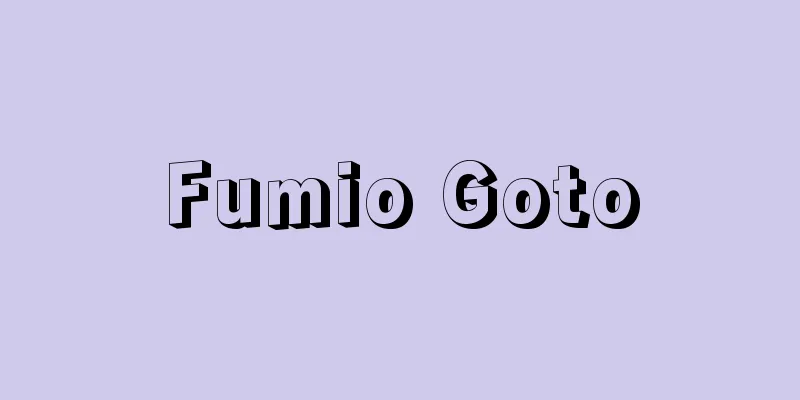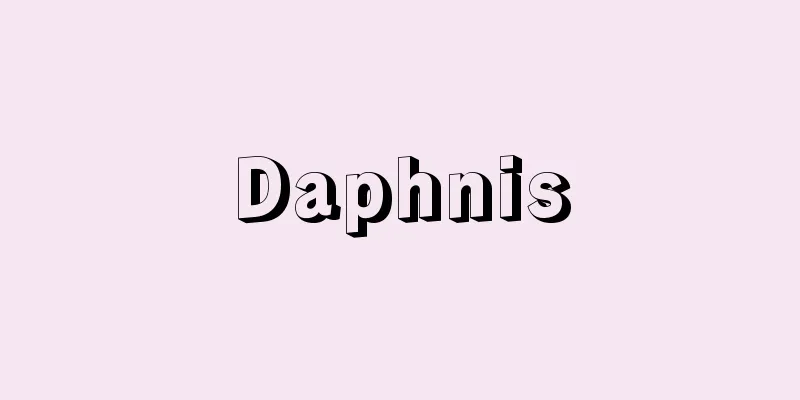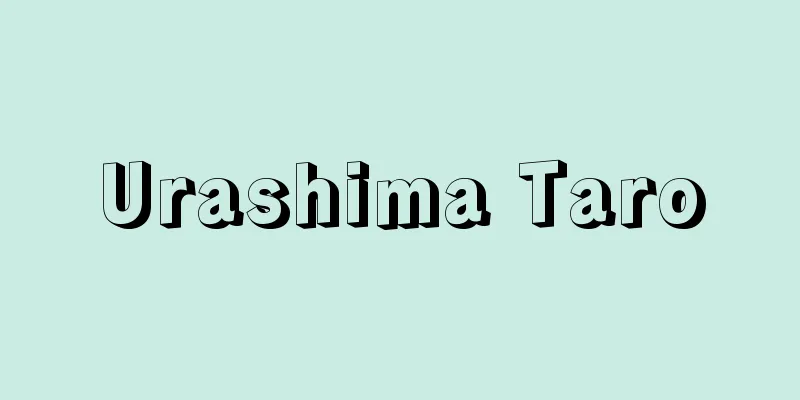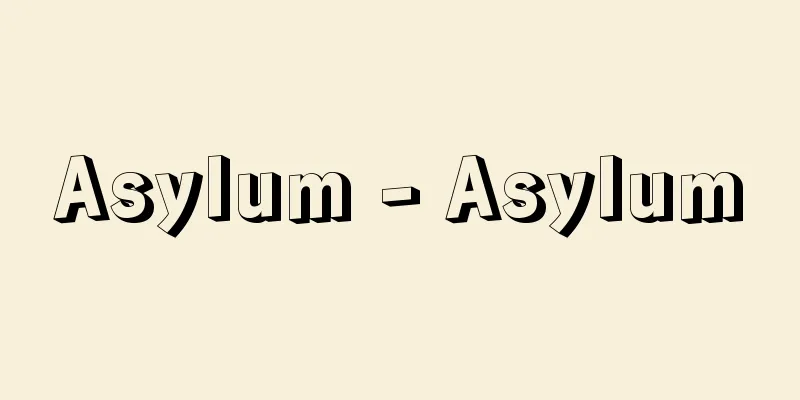Inca
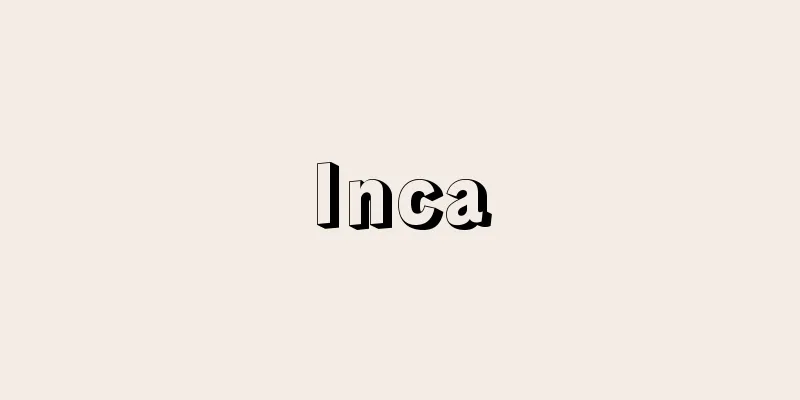
|
A tribe that lived along the Pacific coast of the central mountain range of Peru and the Andes. They spoke Quechua and were based in a kind of blood- and geographic-related group called Ayyu. They later established the Inca Empire (c. 1250-1533) with its capital in Cusco, and in the 1400s annexed the Chimu culture kingdom, occupying a territory that stretched from Quito in Ecuador in the north to the Maule River in central Chile in the south. The Inca king was said to be the incarnation of a god, the son of the sun (Inti), and ruled as an autocrat with supreme religious and military power. In 1533, during the reign of the last emperor, Atahualpa, they were destroyed by the Spaniard F. Pizarro. They were mainly agricultural, had no iron tools, and bronze tools were rare. They cultivated corn, potatoes, etc. with wooden digging sticks, but they also had terraced fields (andenes) and waterways. They also had a well-developed road network connecting the coast and the mountains. The Inca civilization is characterized by large buildings made of megaliths, including a temple dedicated to the sun god, the supreme deity of the nation. The plan of the capital city, which also had plazas and streets, can be seen at the ruins of Machu Picchu. The pottery is also characterized by colorful pottery, such as shallow bowls with bird-shaped handles and water jugs with circular handles, which combine geometric patterns. Bronze, gold, and silver wares are both household items and decorative items, but there are many excellent golden ornaments. Weaving also developed by inheriting ancient techniques, and tapestry ponchos are famous. Astronomy and calendar science were inferior to the Mayan culture, and there was no hieroglyphic writing, but a knotted rope script called Quipu is known. There was a belief in an afterlife and a custom of worshiping the dead, and successive emperors were mummified and enshrined in the Temple of the Sun. The chronicler Poma de Ayala's records describe the appearance of the Inca civilization and its transformation. →Andean civilization →Related topics American Indians | Ecuador | Quechua | Conquistador | Chile | Peru | Bolivia | Manco Capac | Yupanqui | Latin America Source : Heibonsha Encyclopedia About MyPedia Information |
|
ペルー中央山地の太平洋岸,アンデス山脈に沿った地域に分布した部族。ケチュア語を用い,アイユと呼ばれる一種の血縁・地縁的集団を基盤とした。のちクスコを首都とするインカ帝国(1250年ころ―1533年)を建設し,1400年代にはチムー文化王国を併合して北はエクアドルのキト付近から,南はチリ中部のマウレ川に及ぶ版図を占めた。国王インカは神の化身,太陽(インティ)の子であるとされ,祭政・軍事の最高権をもって専制政治を行った。1533年最後の皇帝アタワルパの代にスペイン人F.ピサロによって滅ぼされた。農業が中心で鉄器はなく,青銅器もまれで,木製の掘棒でトウモロコシ,ジャガイモなどを栽培したが,段々畑(アンデネス)や水路の整備も特徴的である。さらに海岸と山岳部を結ぶ道路網も発達していた。インカ文明の特質は国家の最高神たる太陽神をまつる神殿をはじめ多数の巨石を使った大建築物に代表され,これに広場や街路も配置した都城プランはマチュ・ピチュ遺跡にうかがうことができる。また土器は幾何学文様を組み合わせた,鳥形取手の浅鉢,環状取手の水差しなどの多彩土器に特色がある。青銅器・金銀器は生活用品・装飾用品の両方があるが,特に黄金製装飾品にすぐれたものが多い。織物も古い技法を継承して発達し,つづれ織のポンチョなどが有名。天文・暦学はマヤ文化に及ばず,象形文字はないが,キープという結縄(けつじょう)文字が知られる。来世を信じ死者を崇拝する風習があり,歴代皇帝はミイラにされて太陽の神殿にまつられた。クロニスタ(年代記作者)のポマ・デ・アヤラの記録にインカ文明の姿とその変貌が描かれている。→アンデス文明 →関連項目アメリカ・インディアン|エクアドル|ケチュア|コンキスタドール|チリ|ペルー|ボリビア|マンコ・カパク|ユパンキ|ラテン・アメリカ 出典 株式会社平凡社百科事典マイペディアについて 情報 |
Recommend
Individual moth seed collection method
…It caused a major outbreak in Europe around 1860...
Aral Sea - Аральское Море/Aral'skoe More Russian
A salt lake in Central Asia, straddling the Repub...
Antipa dam - Antipa dam
...Although it uses about 30% less concrete than ...
Catalan - Catalan (English spelling)
A Romance language. It was originally derived from...
Property - Zaisan
〘Noun〙① Wealth and assets. Owned land, houses, fur...
Kaap di Goeie Hoop (English spelling) KaapdiGoeieHoop
…Cape in the southwestern tip of South Africa. In...
Cudrania cochinchinensis (English spelling) Cudraniacochinchinensis
… [Okamoto Motoji]. … *Some of the terminology th...
Bateau Lavoir (English spelling)
…Critics such as Louis Vauxcelles denounced this ...
Stamp office - stamp office
...There are two economic conditions that could b...
Baby - E
〘 noun 〙 [1] A newborn baby. Infant. Infant (Wamyo...
Plane - Plane
A type of woodworking machine used to finish sawe...
Organogel - Organogel
A gel containing an organic solvent. An organosol ...
Sanjaya
...This is the name of a place in the vicinity of...
Alexandri, Vasile
Born: 1819/1821.6.14. Bacau, Moldova [Died] August...
topographic survey
…In 1931, the Land Survey Act was enacted, and si...
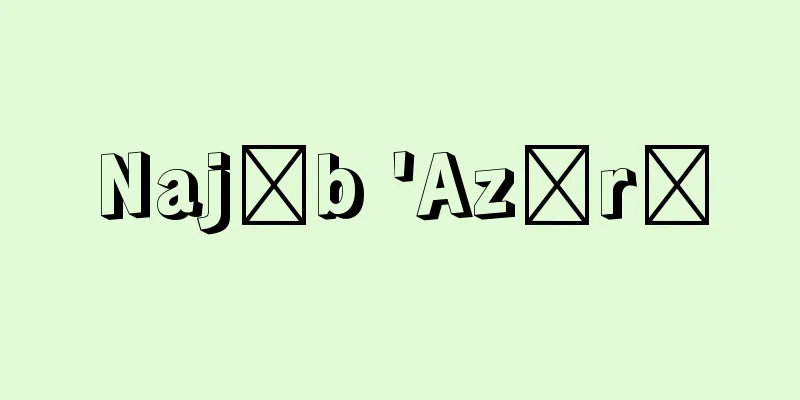


![Sagamiko [town] - Sagamiko](/upload/images/67cba82cabd51.webp)
